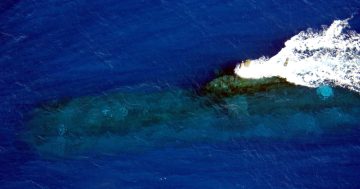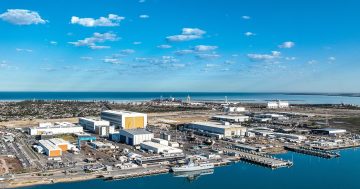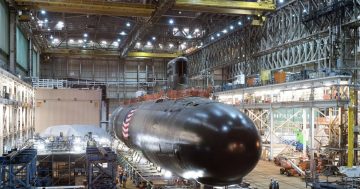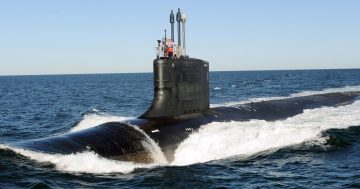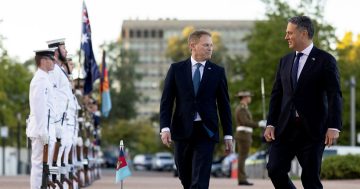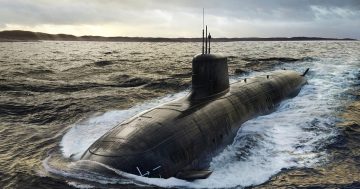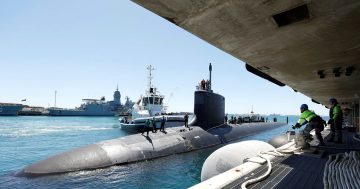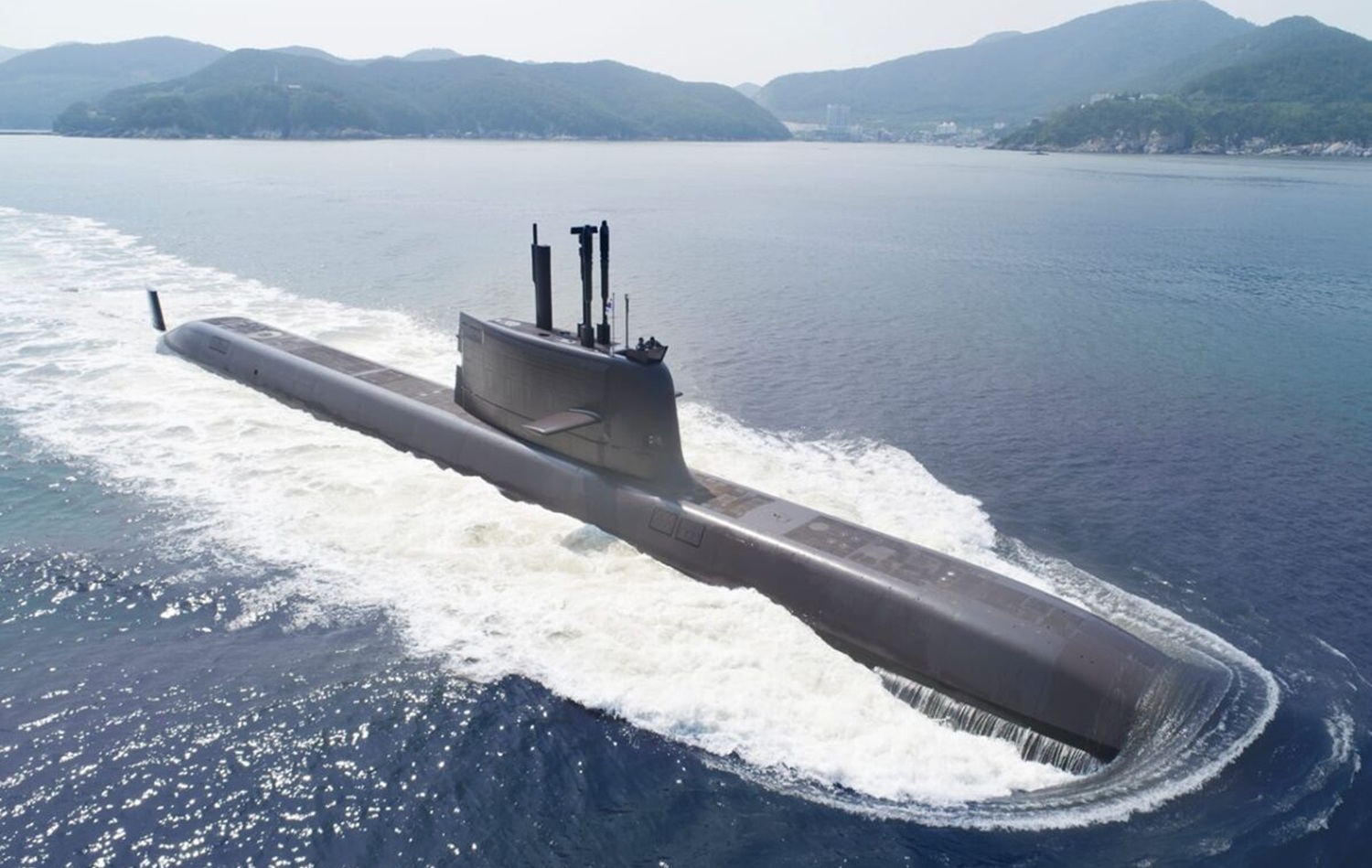
The KSS-III is considered one of the best SSKs in service, and the design reportedly lends itself to being scaled up for a nuclear powerplant. Photo: Hanwha Ocean.
The US Government has given provisional approval for South Korea to build and operate nuclear-powered conventionally armed submarines (SSN).
During a visit by US President Donald Trump to the APEC Summit and then to South Korea (RoK) in late October, he said he had agreed to allow South Korea to use nuclear powerplants of US origin for a new class of submarine, and to build the boats at Hanwha Ocean’s shipyard in the American city of Philadelphia.
In a 29 October social media post, Mr Trump wrote: “Our military alliance is stronger than ever before and, based on that, I have given them approval to build a nuclear-powered submarine, rather than the old fashioned, and far less nimble, diesel-powered submarines that they have now.”
Defense Secretary Pete Hegseth echoed Mr Trump’s comments, saying: “As defence authorities, we will, of course, do our best to actively and fully support it… We’re going to work closely with the Department of State and the Department of Energy to fulfill President Trump’s commitment.”
But formal approval hasn’t progressed beyond that point due to the five-week US Government shutdown and delays in finalising an accompanying trade and tariff deal between the two countries.
If it progresses, it is unclear what class of vessel the new boats will be, although they are unlikely to be Virginia-class SSNs like those in service for the US Navy and which Australia will operate with from 2032.
More likely is a notional KSS-IV – an adaptation of the RoK’s indigenous KSS-III design, which is regarded as one of the world’s best conventionally powered boats.
The deal will see the US transfer nuclear technology to the RoK, which, unlike Australia, already has a well-developed civilian nuclear industry.
USNI News reports that Hanwha bought the ‘’Philly Shipyard’’ in 2024 and has undertaken to invest more than $US5 billion to modernise the yard. But it is also unclear whether all of the RoK’s boats – of which it reportedly has a requirement for six – will be built in Philadelphia, or whether production of some of them can be done at one of the many advanced shipyards in the RoK.
Korean officials are keen to build as many as possible locally, with Defense Minister Ahn Gyu-back telling a hearing at the National Assembly in Seoul that: “We have accumulated technology and conducted research for over 30 years, so I believe it is reasonable.
“Currently, the [Philadelphia] shipyard is judged to have significant shortcomings in terms of technological capabilities, workforce and facilities.
“We have only discussed the overarching principle so far, and there has been no mention of where to build them, whether in Korea or the US.”

With US submarine shipyards still unable to boost Virginia-class production to sufficient levels for the US Navy’s requirements, there will be a strong case to build SSNs in South Korea. Photo: General Dynamics Electric Boat.
The agreement to release nuclear technology to the RoK follows a similar agreement for Australia to operate SSNs that was developed as part of the trilateral AUKUS construct with the UK.
Under AUKUS Pillar I, Australia plans to receive between three and five former US Navy Block IV Virginia-class submarines from 2032 to replace the current conventional Collins-class boats, before production of a new class of SSN AUKUS boats begins in conjunction with the UK in the late 2030s for delivery from 2042.
The Australian Strategic Policy Institute (ASPI) described the RoK’s move as a “diplomatic coup” by its President, Lee Jae Myung.
“Australians have agonised over the possibility that Trump would reject AUKUS and its support for Australian SSNs as a legacy of Joe Biden’s presidency,” ASPI’s Euan Graham wrote on 31 October.
“But Lee had the cunning to realise the reverse possibility, that Trump could be persuaded to repeat the nuclear technology transfer grand-bargain formula in his own name with another ally – and not necessarily its most trusted one at that.”
But Graham added that the SSN strategy may be masking a far greater ambition aimed at countering an increasingly belligerent North Korea.
“The case for South Korea to acquire SSNs, to exploit great submerged endurance in hunting North Korean submarines, is weak,” he said.
“SSNs are best suited to sea control and power projection over long distances, where their combination of speed, endurance and size helps to justify their enormous cost.
“This increases suspicions that South Korea’s interest in SSNs is a stalking horse for acquiring nuclear weapons and secure platforms from which to deliver them.”
And hot on the heels of the RoK’s ambitious move, Japan’s new Defense Minister Shinjiro Koizumi has suggested Japan should also consider acquiring SSNs.
“There are new developments, and all the surrounding countries are set to possess [SSNs],” Mr Koizumi said on 6 November.
“The environment surrounding Japan has become so severe that we need to discuss whether to continue using diesel power for submarines as before, or to switch to nuclear power.”
He added that SSNs “are nothing particularly unusual”.


